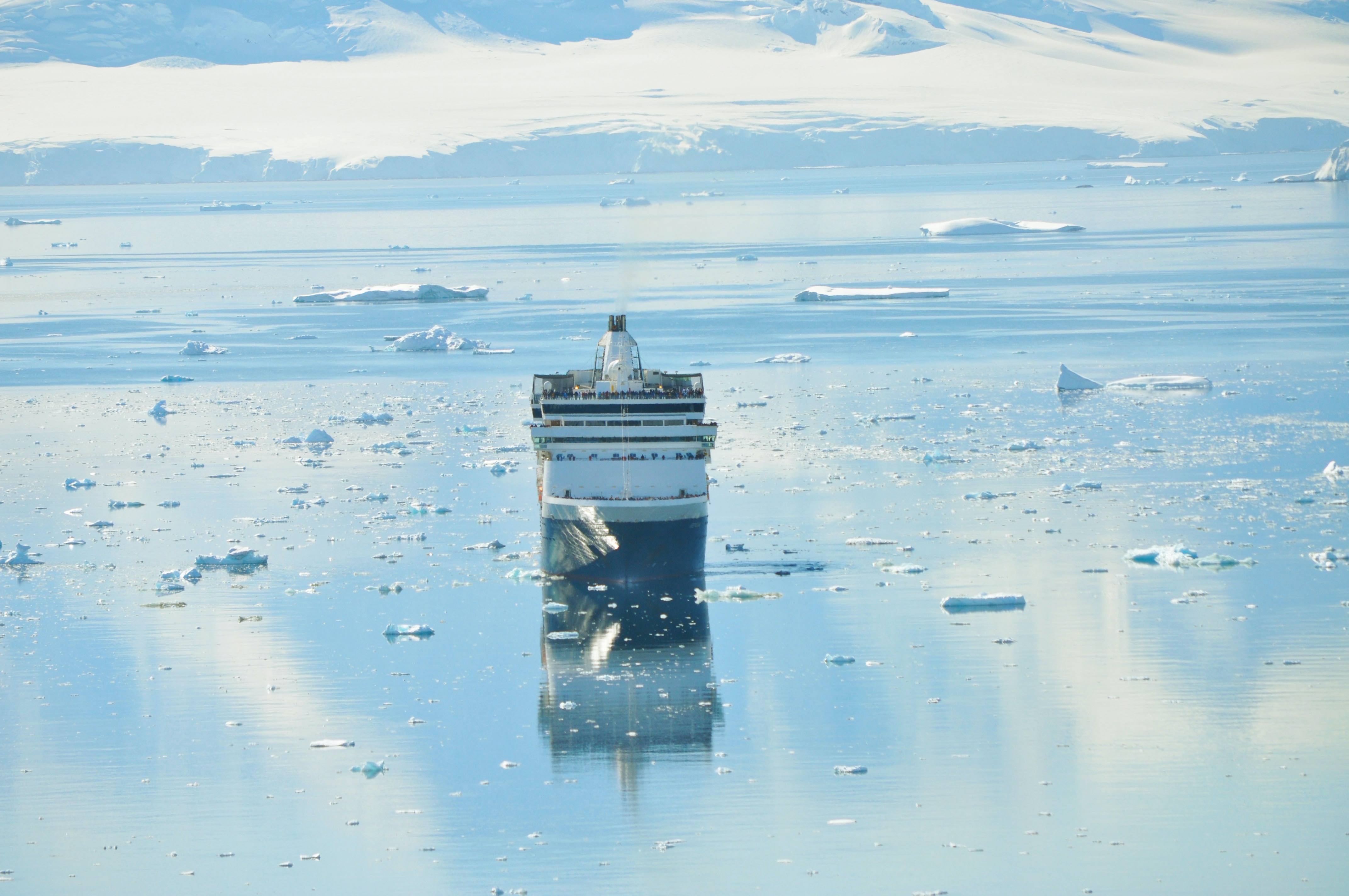Plastics infiltrate Antarctic food webs
Embargoed until:
Publicly released:
2020-06-24 09:01
An international team of researchers has reported the first field-based evidence that plastics are entering food webs in Antarctica. The team found a tiny, insect-like animal called a collembolans floating on a piece of polystyrene foam along the shores of the Fildes Peninsula (King George Island). Using a specialised microscope, the researchers detected traces of polystyrene in the gut of the collembolans, indicating that the creature had ingested the plastic. They conclude that plastics may now pose a new threat to polar ecosystems.
Journal/conference: Biology Letters
Research: Paper
Organisation/s: University of Siena, Italy; University College Dublin, Ireland
Funder: This work was funded by the Italian National Antarctic Program (project PNRA 14_00090) and the CERIC ERIC Consortium for the access to experimental facilities and financial support (beam-time number 20192144)
Media release
From: The Royal Society
This study presents the first field-based evidence of plastic ingestion by a central component of Antarctic terrestrial food webs, the collembolan Cryptopygus antarcticus, found on a large polystyrene item in a fellfield along the shores of the Fildes Peninsula (King George Island). The application of an improved enzymatic digestion coupled with Fourier Transform InfraRed microscopy allowed to detect traces of polystyrene (< 100 µm) in the gut of the collembolans associated with the PS foam, showing their ability to ingest plastic. These results reveal a potential risk associated with the occurrence of plastic debris in Antarctic terrestrial ecosystems.
Attachments:
Note: Not all attachments are visible to the general public
-
The Royal Society
Web page


